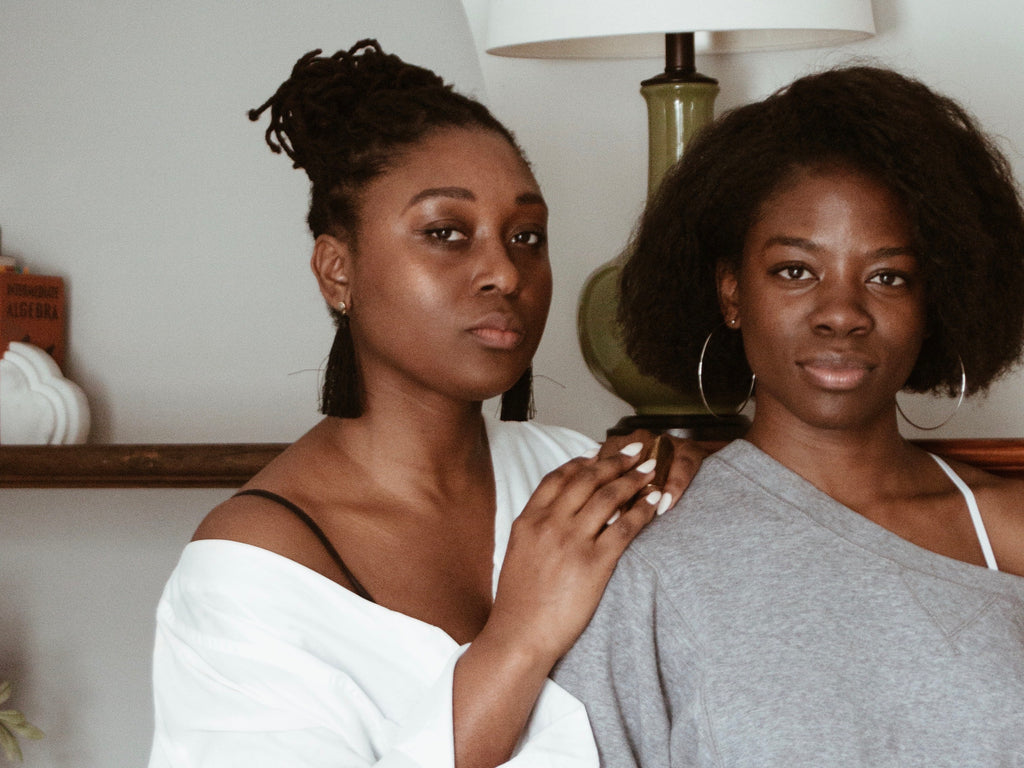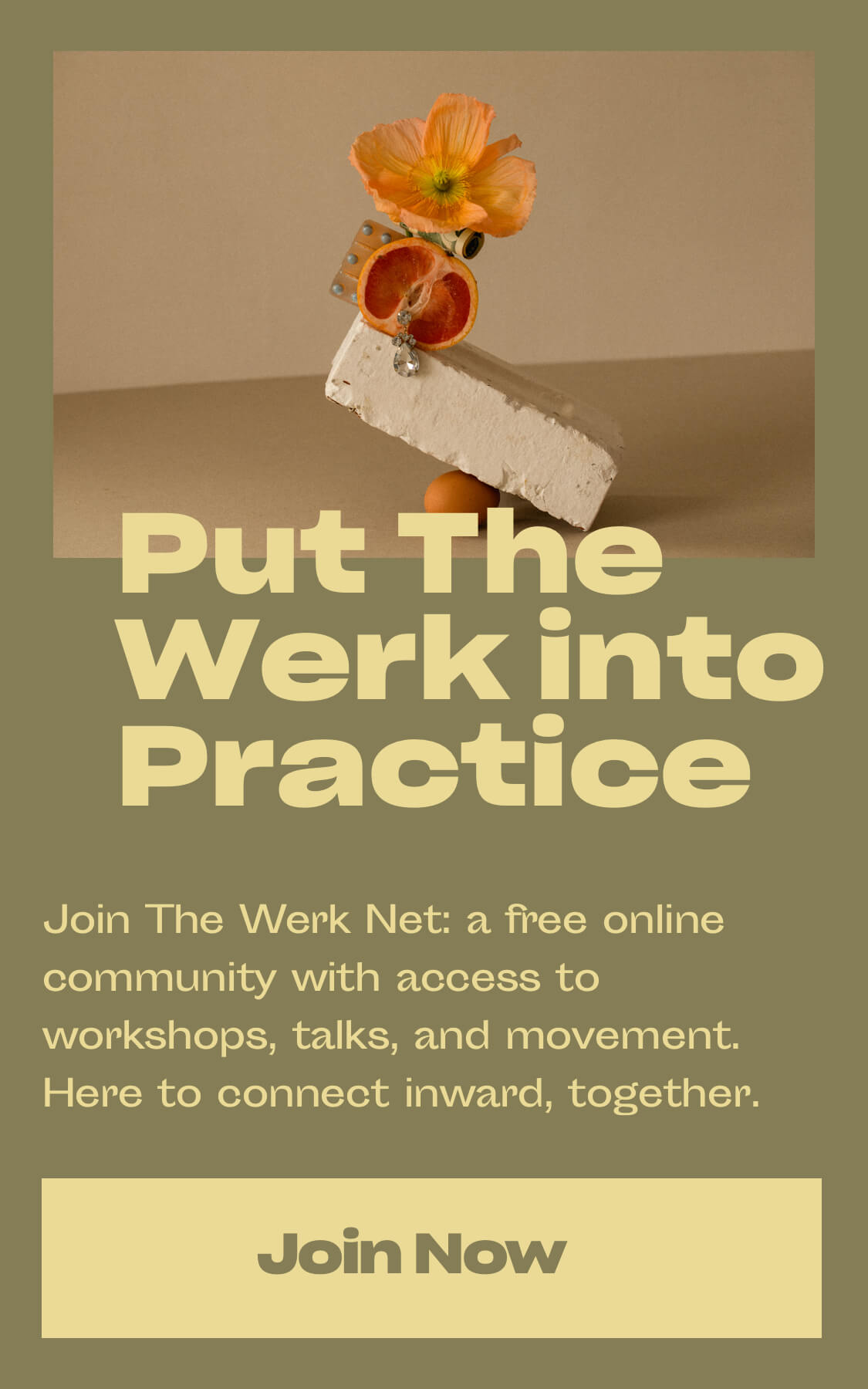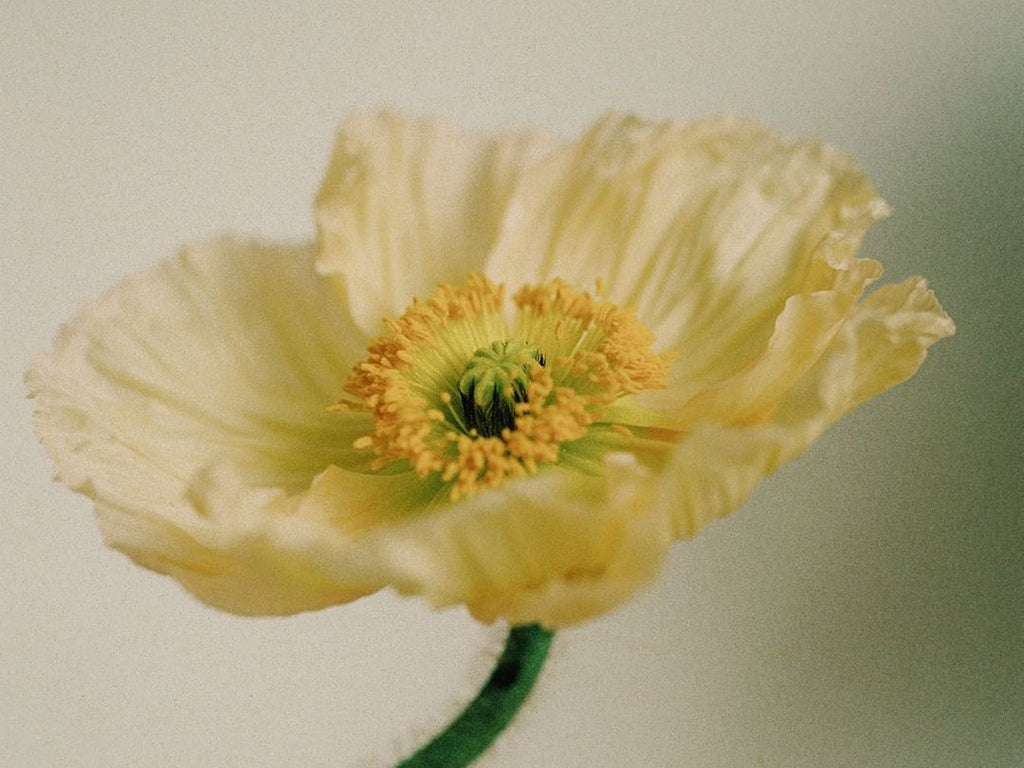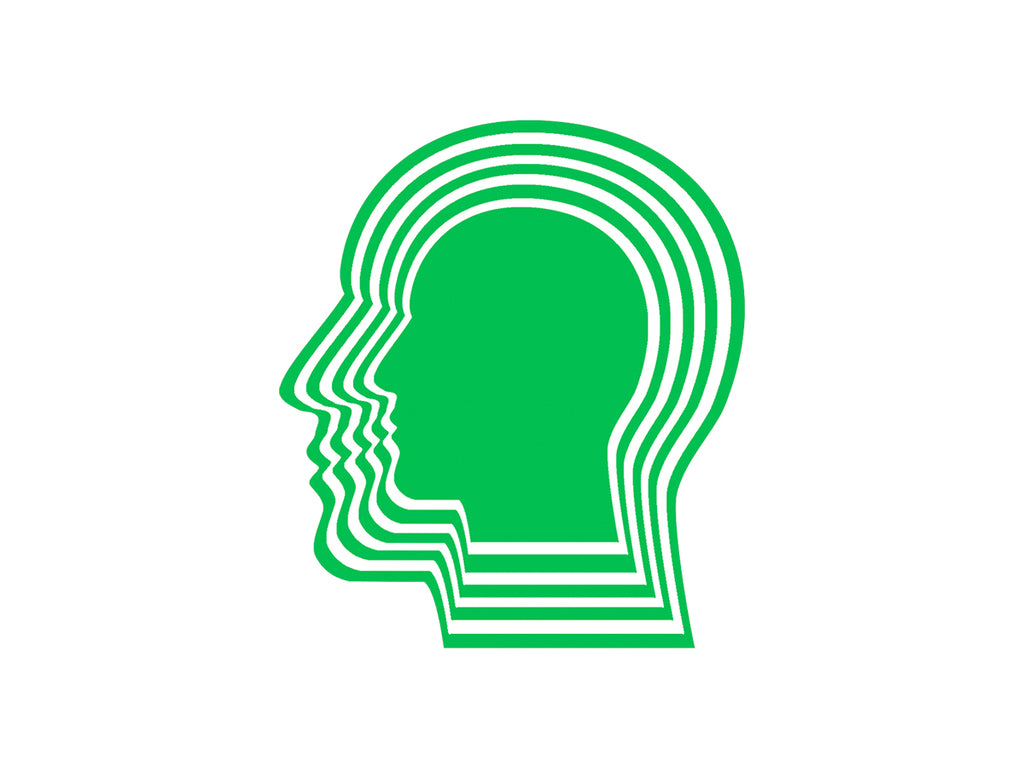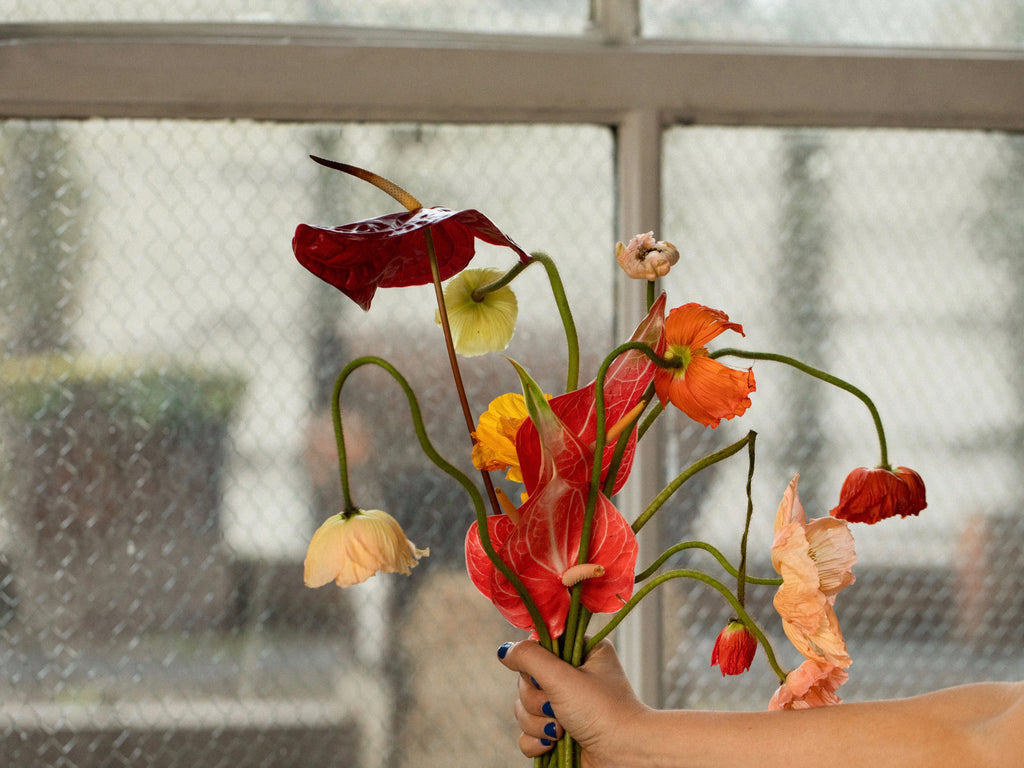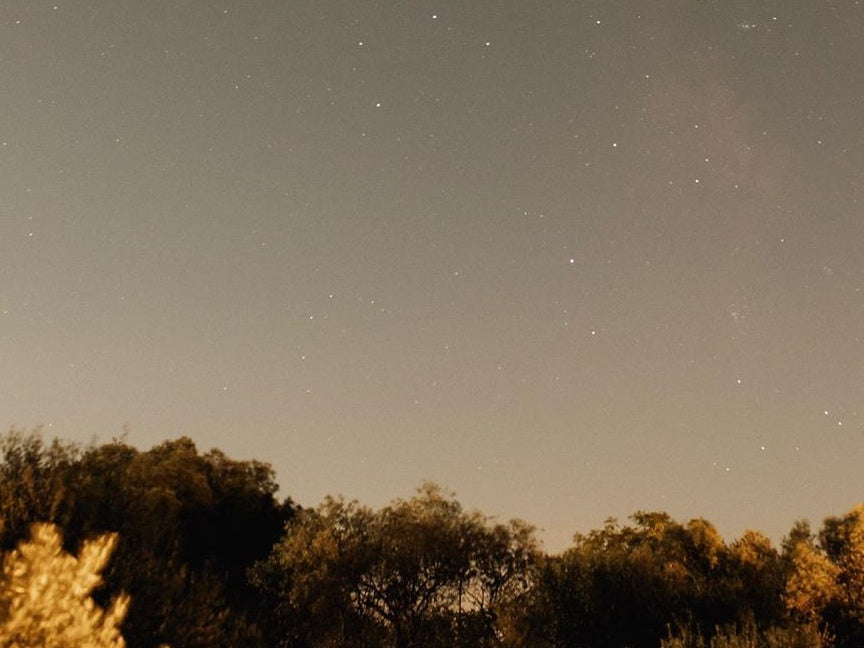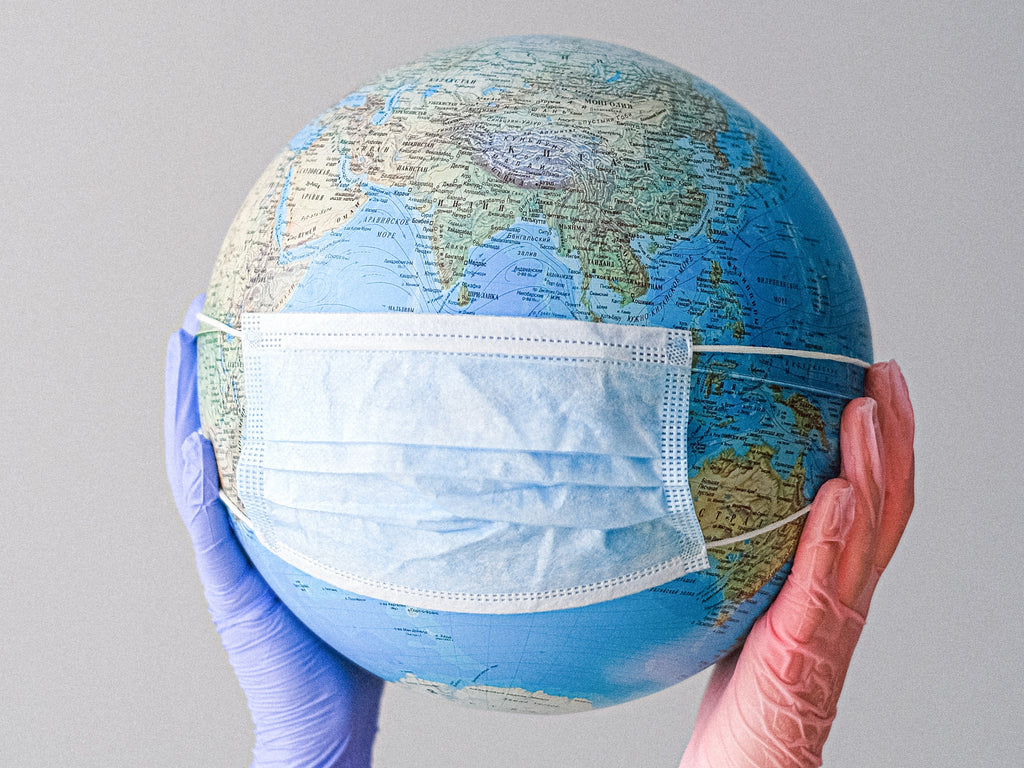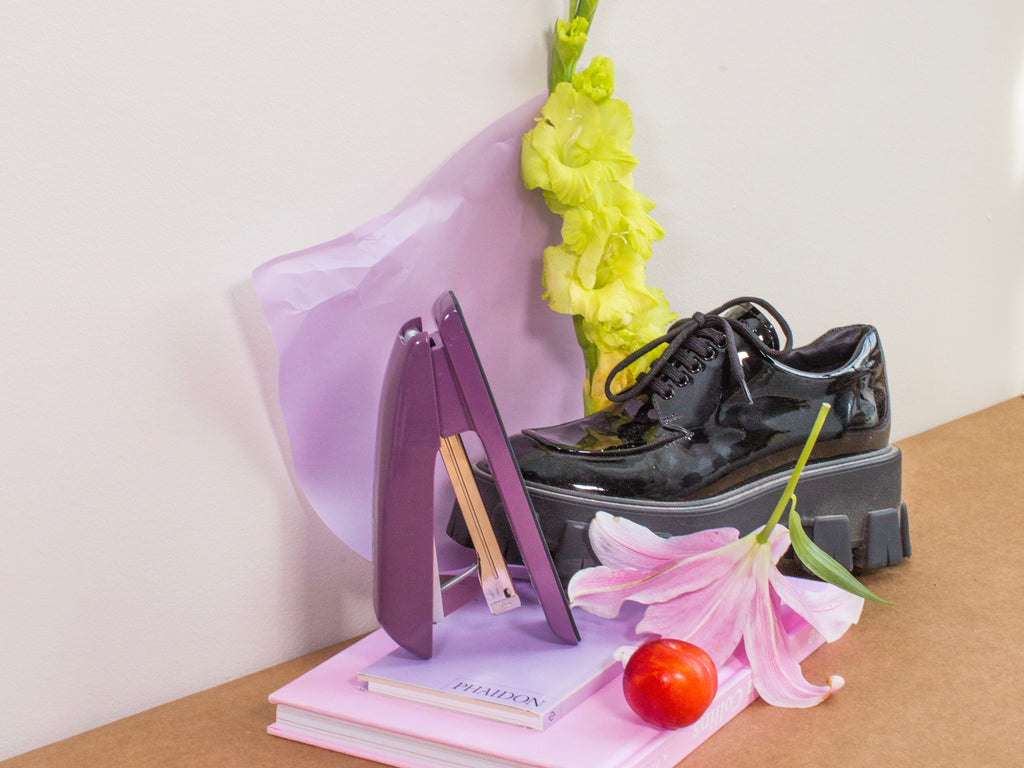The Evolution of Self-Care in BIPOC Communities
Self-care is an act of kindness that should be neither radical nor regulated.
This content was developed in partnership with Conscious City Guide.
In the last decade, we’ve seen the wellness and self-care industries blossom in popularity, revolutionizing the way we live. Every day, millions of people decide to create spaces and rituals for themselves to heal, realizing that self-care is more about dignity than extravagance. For BIPOC, the creation of healing processes and transformative spaces has traditionally been a source of power and necessity for protection. As American writer, feminist, and civil rights activist Audre Lord once said, “Caring for myself is not self-indulgence. It is self-preservation, and that is an act of political warfare.”
When we think of wellness, the image that often comes to mind is a room full of zen-minded women breathing into their downward dog – a vision of relaxation and personal care. Historically, BIPOC could not imagine themselves in these spaces because they were simply not available to them. For people of color across the Americas, survival was often the priority. Psychology Today explains how psychologist Abraham Maslow put forward that “healthy human beings have a certain number of needs, and that these needs can be arranged in a hierarchy, with some needs (such as physiological and safety needs) being more primitive or basic than others (such as social and ego needs)”. Broadly speaking, accessing food, shelter, and protection for BIPOC and their families has long since been a priority – while mental wellness took second place.
“For people of color across the Americas, survival was often the priority”
Wellness traditions in BIPOC communities
By design, Black and indigenous women are the people that have had to focus most on their basic needs, leaving very little room for conventional self-care. To this day, many BIPOC feel that the wellness industry is for the affluent and white. In some ways, they’re right. If we take a closer look, however, we can see how communities of color have created their own forms of self-care where traditionally, spirituality is synonymous with wellness. According to the National Alliance on Mental Illness (NAMI), historically “a connection to a higher power has been the cornerstone of the resilience and empowerment that has sustained generations of individuals from the African diaspora.” Through rituals, holistic teachings, and art, communities of color have discovered pathways to restoration.
“Communities of color have created their own forms of self-care where traditionally, spirituality is synonymous with wellness”
One example of this is music. Across all indigenous cultures, music has been used as an expression of spirituality: from Negro spirituals in the American South, to Calypso in the Caribbean, to the chanting of First Nations communities. Singing words of love, healing and belief in themselves while facing a world of oppression was considered an act of radical power felt through the lived experiences across generations.
“Singing words of love, healing and belief in themselves while facing a world of oppression was considered an act of radical power felt through the lived experiences across generations”
BIPOC activism and self-care
“Anyone looking to make a change in the world has to care for themselves. Engaging in self-care means that we can incorporate into our work, as activists, ways of acknowledging and hopefully, moving beyond trauma,” said activist Angela Davis. Self-care in activated individuals is a topic that is coming to light more and more in today’s social climate. If we are to have the ability to stand for others, we first have to make sure our feet are firmly planted on the ground.
For BIPOC, the last three months’ events have felt incredibly personal. Marching from sunup to sundown has caused many revolutionaries to experience mental and physical burnout, albeit deeply inspired by the power of now. Black Panther leader Erica Huggins, for example, taught yoga and meditation as an effective therapeutic tool to fellow Panthers Bobby Seal and Huey Newton. Self-care works like air travel: when we travel by air, we must always put on our oxygen masks before helping others.
“Marching from sunup to sundown has caused many revolutionaries to experience mental and physical burnout”
Evolving self-care in BIPOC communities
Self-care is for everyone. With yoga classes, meditation and nourishing recipes available online now more than ever before, we all have access to affordable healing at home. But access does not always mean that everyone feels embraced. As mentioned, self-care and wellness spaces have long felt exclusionary for BIPOC – just because the door is open doesn’t mean it’s ready to be walked through.
“Just because the door is open doesn’t mean it’s ready to be walked through”
Thankfully, individuals and organizations are working to bring the principles of wellness to communities of color. Two such women are Shanelle McKenzie and Kim Knight, founders of Toronto-based community collective The Villij. Their aim is to create a space in the wellness industry where women of color feel heard and welcomed. Curating healing experiences from the in-person to the virtual, Villij walks are one such example of the former, as a walking club dedicated to helping women of color take steps to improve their mental and physical health. Conversely, TrapSoul Yoga At Home, another Villij initiative, is a live virtual yoga experience for women of color to connect with themselves and their community through shared breath and movement.
In Canada, the First Nations Health Authority (FNHA) is governed by and serves British Columbia’s First Nations individuals and communities. They provide incredible mental health resources, nursing services, and traditional healing practices. Speaking to the importance of wellness in their holistic healing, the FHNA was founded on the belief that an integral focus of First Nations healing and wellness “is through the balance and inter-relationships of the physical, mental, emotional, and spiritual aspects of a being.” Similar to Maslow’s hierarchy of needs, its multifaceted model – created from the BC First Nations community’s ideas and feedback – is governed by the logic that you cannot achieve the harmonious balance of one tier (wisdom, responsibility, respect) without the needs of the higher tier (emotional, mental and spiritual balance) met first.
From a culture of exclusion to inclusion
Self-care comes in many forms, whether it be getting an eight-hour sleep, going for a run, or simply taking an hour to focus inward and breathe. No matter where you’re from or what you do, everybody requires time and space for themselves. The space that we take can help us be more connected with our inner selves – it is an act of kindness that should be neither radical nor regulated by any other human.
“Not to be reserved for the few, self-worth and wellness is one that is diverse as it is inclusive”
As we evolve from a version of self-care as an exclusive practice to one of inclusion and celebration, so too does our perspective on self-worth shift. Not to be reserved for the few, self-worth and wellness – as inextricably linked as they are imperative to the evolution of humankind – is one that is diverse as it is inclusive. We cannot move forward on a collective level without putting the mental health and wellbeing of the individual first.
Photo courtesy of Anna Shvets.
You may also like...
The Latest
People & Places
How Ara Katz is Redefining “Self-Care” as Rooted in Science with Seed
The co-founder, mother, and self-proclaimed serial entrepreneur unpacks her philosophy on what it means to be well. Ara Katz hates the word “success”. Not because of its listed definition in a di...
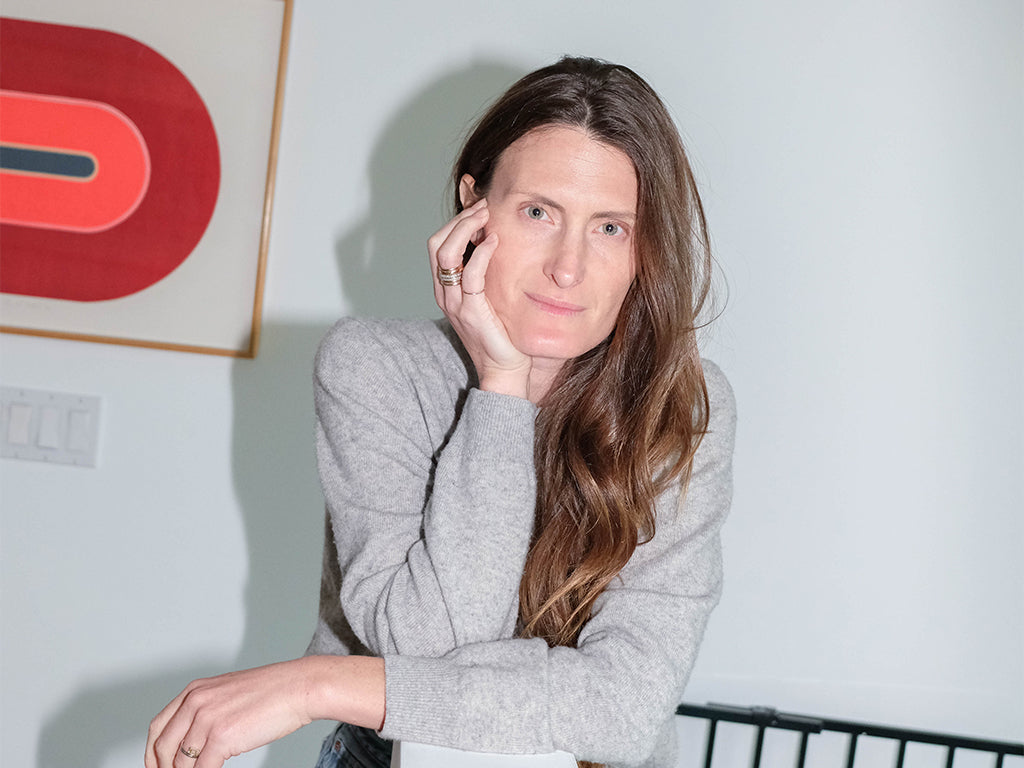
Do Good Werk
9 Passive-Aggressive Email Phrases That Are Basically Evil
A Rosetta Stone for every time you want to :’).
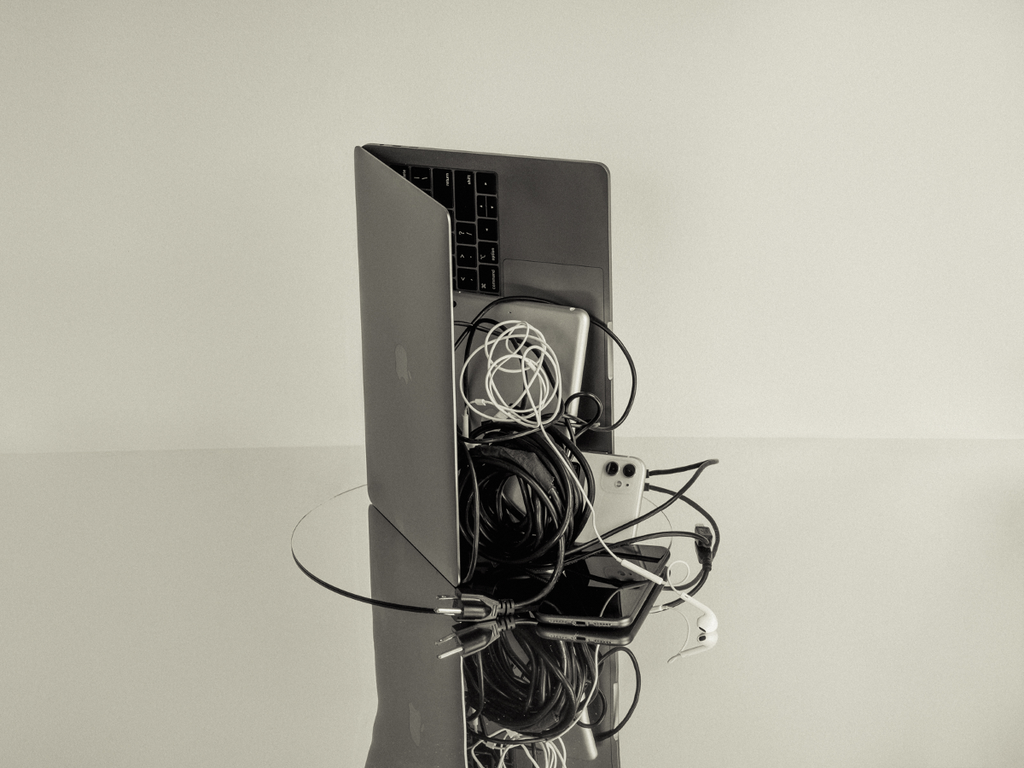
Woo Woo
Get to Know Your Astrological Birth Chart
How to find meaning in the stars — and what it means for you.
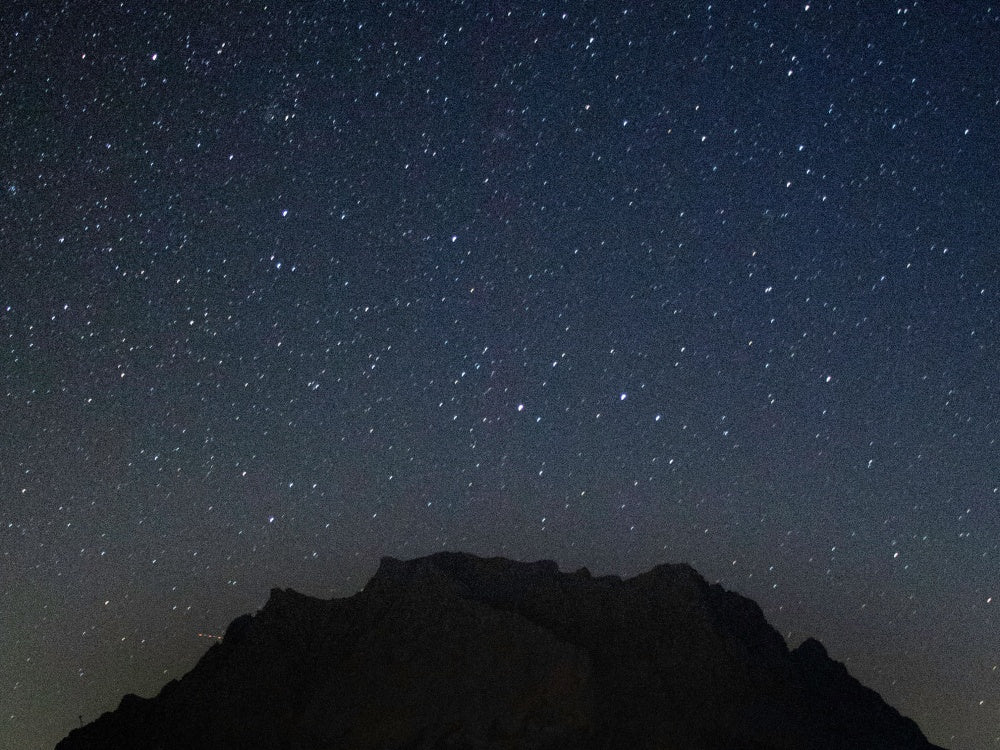
People & Places
The 5 Best Places In New York To Meet Your Next Investor
Where to rub shoulders with the city's movers and shakers.
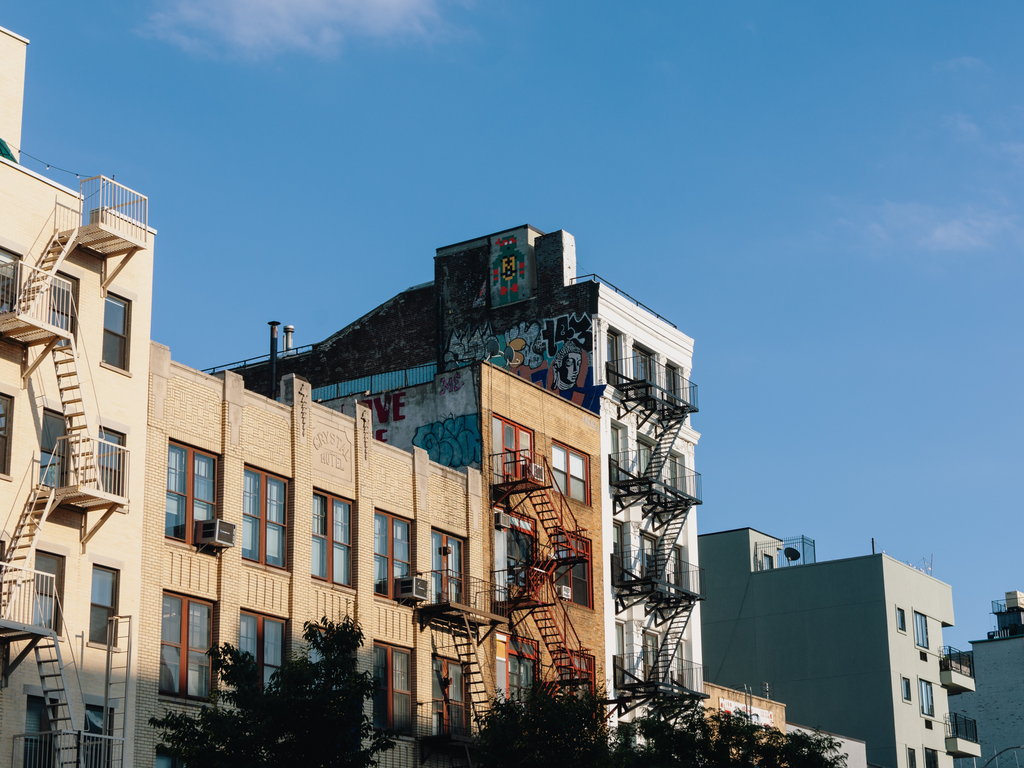
Do Good Werk
10 Unhealthy Thoughts You Convince Yourself Are True as a Freelancer
If you work alone, you might be particularly susceptible to distorted thoughts that hurt your mental health.
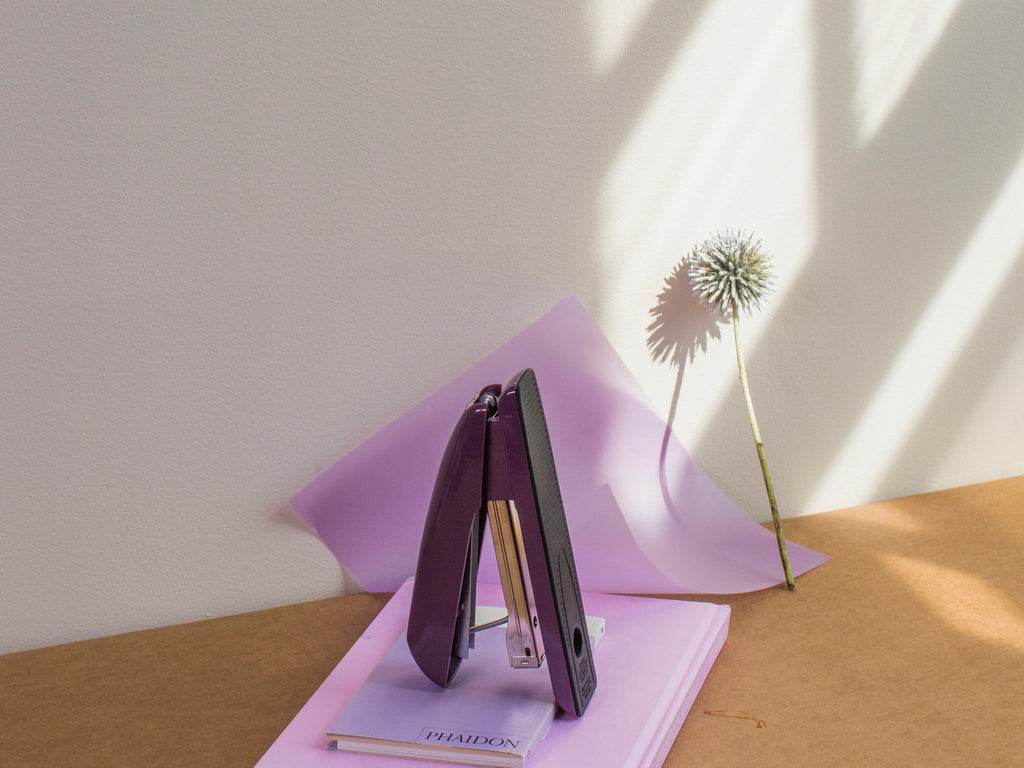
People & Places
Creating a Conference-Meets-Summer-Camp for Adult Creatives
An interview with Likeminds founders Rachael Yaeger and Zach Pollakoff This past September, I sat in front of an obituary I wrote for myself after a session with a death doula. No, I didn’t know w...
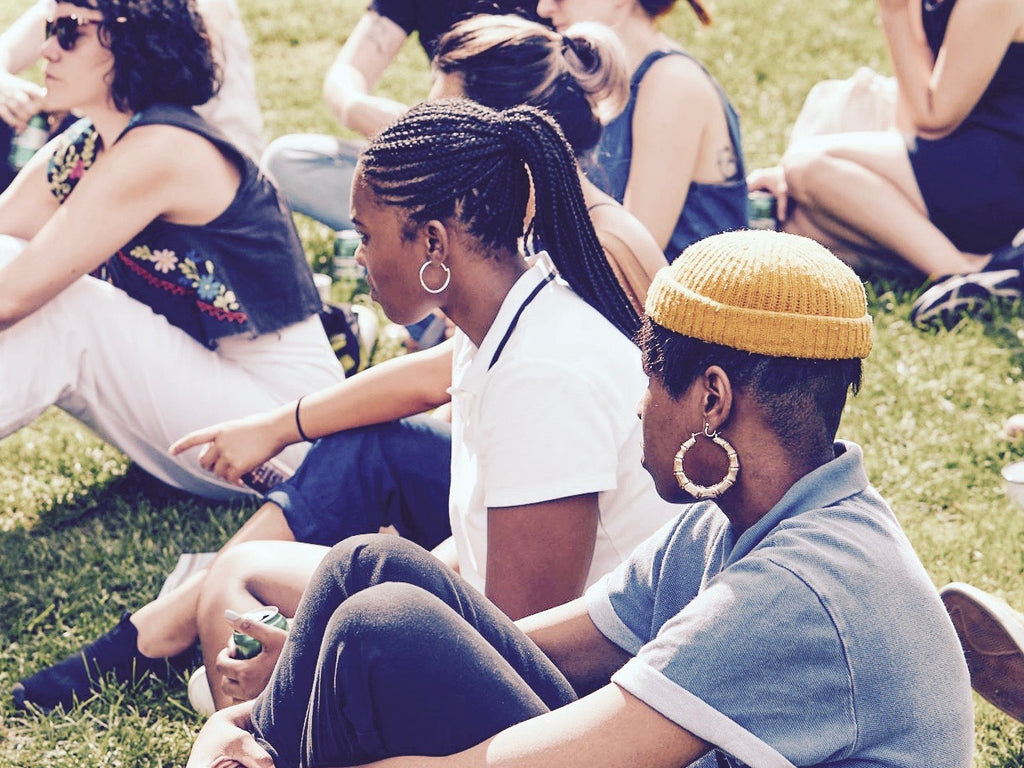
People & Places
When Something Golde Stays: An Interview with Golde’s Co-CEOs
“For us it was never a question,” says Issey Kobori, speaking of the decision to build a business with his partner Trinity Mouzon Wofford. At just shy of 27, Kobori and Wofford have secured a host ...
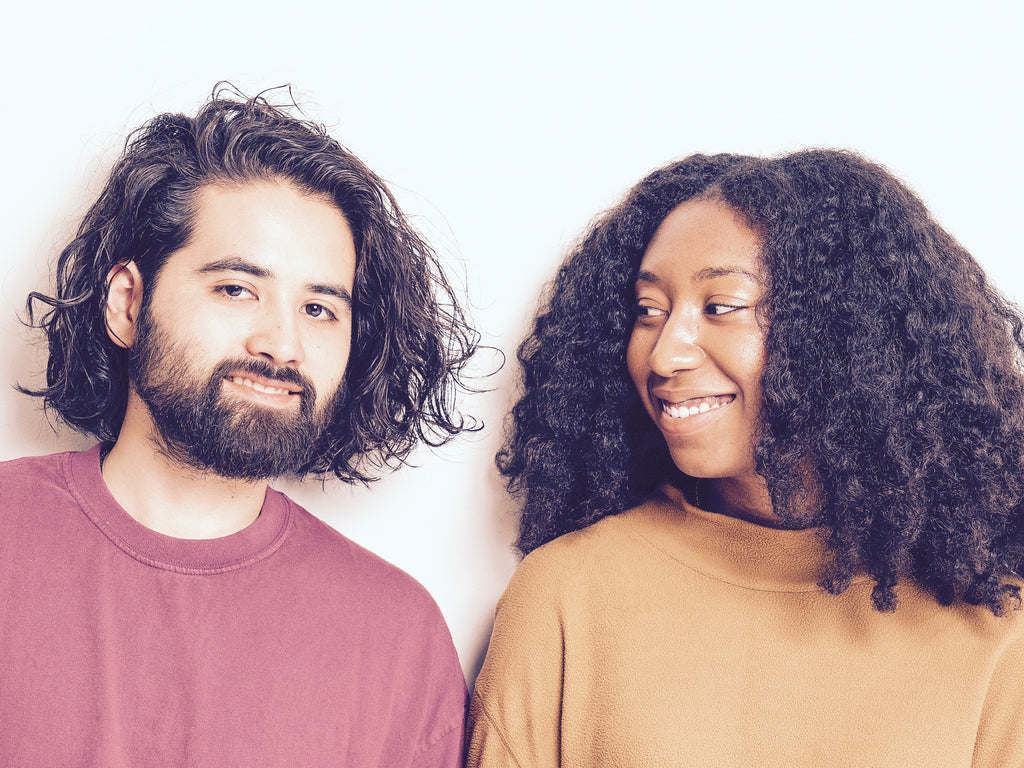
Better Yourself
Are They Toxic? Or Are They Human?
There’s a difference between putting up boundaries and putting up walls, and the latter is what breaks relationships.
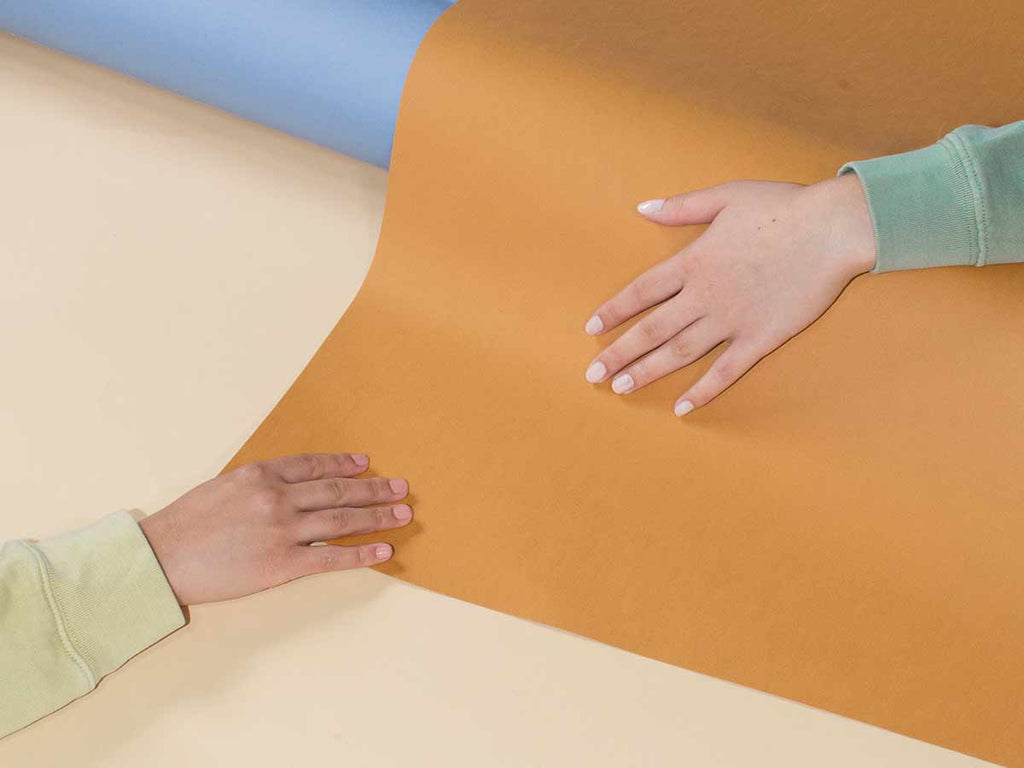
Do Good Werk
How To Combat Seasonal Affective Disorder At Work
Here’s what to do if seasonal affective disorder starts to take a toll at the office.
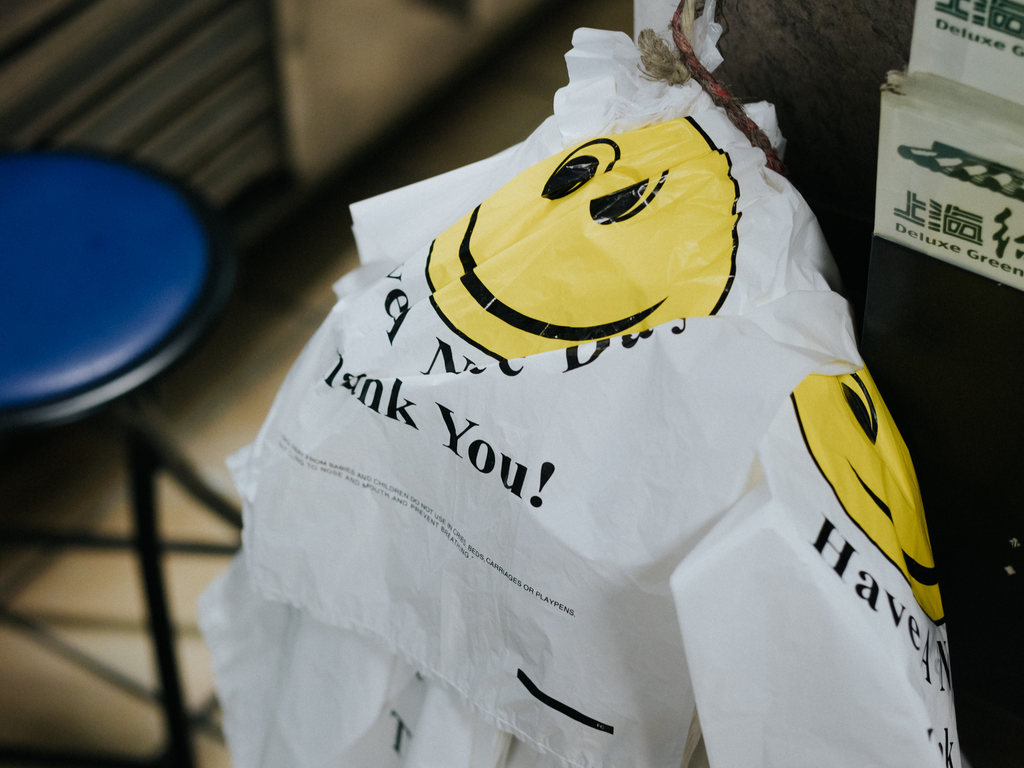
People & Places
Reclaiming Womxn's Wellness Spaces from a White-Dominated World
How The Villij built a collective that their community can connect to.
